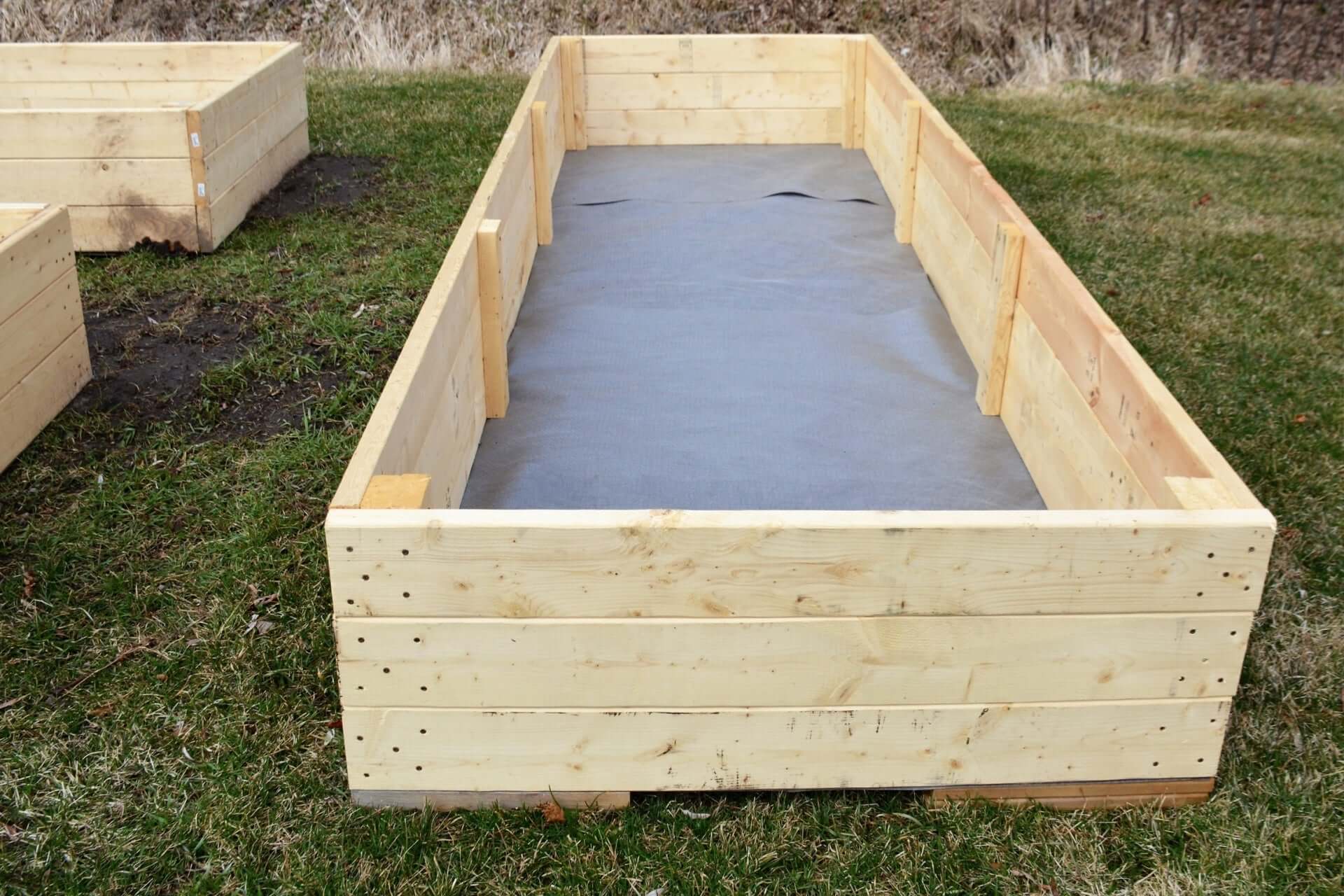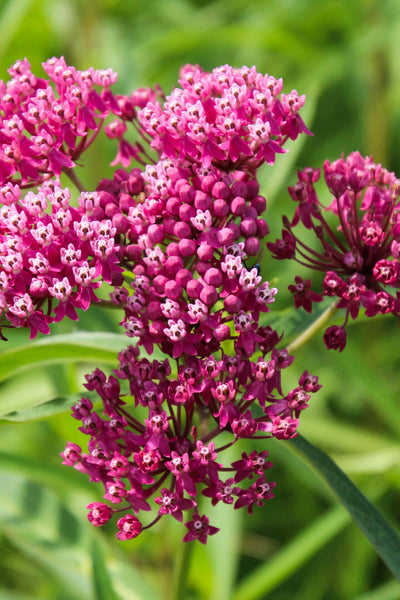A well planned raised bed garden can help gardeners grow healthier plants in a small area by improving the quality of the soil, controlling drainage and making it easier to work in. If you plan your raised bed garden layout well, your plants will have enough room to grow, their roots will get the right amount of air and the soil organisms will do well. This guide gives you ideas for how to lay out your garden, how to space your plants, how to plan your soil and what are best plants for raised beds. It also gives you tips on how to keep your garden productive from season to season.
Beginners and experienced gardeners alike love raised beds because they make it easier to prepare the soil and provide better growing conditions. If you plan ahead, your raised bed can turn into a productive garden that helps plants grow strong roots, have a wide range of microbes and last a long time.
Why a Good Raised Bed Garden Layout Matters
A good raised bed garden layout helps you make the most of your planting space and makes sure that air can flow freely between plants. Good airflow helps plants grow healthy, keeps leaves dry and lowers the risk of disease.
Benefits of careful planning
- Makes the soil less compact and better structured
- Keeps plants organized and easy to care for
- Lets sunlight reach all parts of your garden
Planning ahead also makes room for plants that attract pollinators. Putting Milkweed at the edges of your raised bed, for instance, helps butterflies and makes your garden's ecosystem better.
Beginner tips that you can use
- Begin with simple rectangular beds before moving on to more complicated shapes
- Make sure there is enough space between beds for walking and watering
- Group plants that need the same amount of water together
Even for new gardeners, having a plan makes it easier and more manageable to planning a raised bed garden.
Popular Raised Garden Bed Design Styles
There are a lot of smart and creative raised bed layout ideas so that you can get the most out of your gardening space. The size of your yard, how much sunlight it gets and what you want to plant all affect your style.
Common styles of design:
- Classic rectangular beds for easy spacing
- L shaped or U shaped beds for better access
- Tiered beds for small yards or sloped areas
- Grid style layouts for precise organization
Each style allows for good drainage, which is important for the health of the roots and the breakdown of organic matter.
Colorful perennials like Orange Ember Trio also look great in raised beds. These plants make the edges of your garden look more interesting.
Layout tips that you can use
- Make sure the design of the bed matches how you naturally move in the garden
- Use grids or markers to keep the spacing right
- Choose materials like cedar or composite wood for beds that will last a long time
Adding paths filled with mulch or gravel between beds also helps keep weeds down and keeps the soil moist.
Tips for Soil, Drainage and Raised Bed Spacing
The base of any successful Raised Bed Garden is healthy soil. Good drainage keeps roots from sitting in water and helps soil organisms that are good for plants stay alive.
Things you need to build soil
- To make the soil richer, mix compost, topsoil and organic matter
- Don't walk on the beds to keep the soil from getting too hard
- Add new compost every season to raise the nutrient levels
Good drainage helps keep a wide range of microbes alive and lowers the chance of root rot. This one easy step makes plants work much better.
The spacing is just as important. Correct spacing lets light reach all of your plants and keeps them from getting too crowded.
Useful tips for soil and spacing:
- Depending on the type of crop, space most vegetables 8 to 18 inches apart
- Leave at least 2 feet of space between beds for walking
- Use mulch to keep the soil moist and protect soil organisms
These tips for spacing make it easier and more useful for beginners to planning a raised bed garden.
Best Plants for Raised Bed Gardens
Raised beds have warm soil, good drainage and growing conditions that are easy to control. Because of these benefits, they are great for a lot of herbs, vegetables and flowering plants.
The best things to put in raised beds
- Leafy greens like kale, lettuce and spinach
- Root crops like carrots, beets and radishes
- Herbs like rosemary, basil and thyme
- Pollinator plants like Butterfly Weed Plants
A lot of people think these are the best plants for raised beds because they do well in loose soil that drains well.
Planting perennials next to your vegetables is a good way to add color to the edges of your raised bed. Mixing flowers with vegetables also brings more pollinators to your garden, which means more crops.
Planting tips that work
- Put taller plants on the north side to keep them from shading other plants
- Use trellises for vines to save space in the bed
- Change crops every year to keep the soil healthy
Crop rotation keeps organic matter fresh and stops diseases from building up.
Companion Planting Ideas for Raised Beds
Using companion planting raised beds helps keep pests away, make the soil better and get more food. When some plants are next to each other, they grow better.
Some common companion plants are
- Tomatoes with basil to add flavor and keep pests away
- Carrots with onions to keep root pests away
- Flowers like Butterfly Weed around vegetables to help pollinators
Companion planting makes soil organisms better by giving them different types of root systems. Diversity helps keep compost activity, organic matter levels and long term productivity high.
Steps for companion planting that you can take
- To keep plants from competing with each other, group them by their nutrient needs
- To draw in helpful insects, plant flowering plants along the edges of beds
- To keep nutrients from running out, don't plant heavy feeders together
Pairing flowers like Orange Ember Trio with vegetables also makes your garden look better and attracts more pollinators.
Conclusion
A well planned raised bed garden layout makes the garden more productive and easier to take care of. Raised beds help you control the quality of the soil, the drainage and the spacing of the plants better. They also support strong root growth and a wide range of microbes. Adding plants you like, such as Milkweed, Orange Ember Trio and Butterfly Weed, to your raised bed garden will make it look nice and work well.
FAQs
How do I choose the best raised bed garden layout?
Pick a layout that works with your yard, gets a lot of sunlight and lets you easily get to all sides of the bed.
Which plants grow best in raised beds?
Plants that pollinate, like Butterfly, leafy greens, herbs and root crops Weeds do really well in raised beds.
What should I put at the bottom of a raised bed?
To keep weeds from growing and improve drainage, use cardboard, leaves, or small branches.
What is the best raised bed soil mix?
To make healthy soil for raised beds, mix compost, topsoil and organic matter.
How far apart should plants be in raised beds?
Most plants should be 8 to 18 inches apart, depending on how big they are when they are fully grown.
Can you use companion planting in raised beds?
Yes, planting plants that go well together can keep pests away, make the soil better and make more crops grow.
What is the main advantage of raised bed gardening?
You can better control the soil, keep it cleaner and make plants healthier with raised beds.




